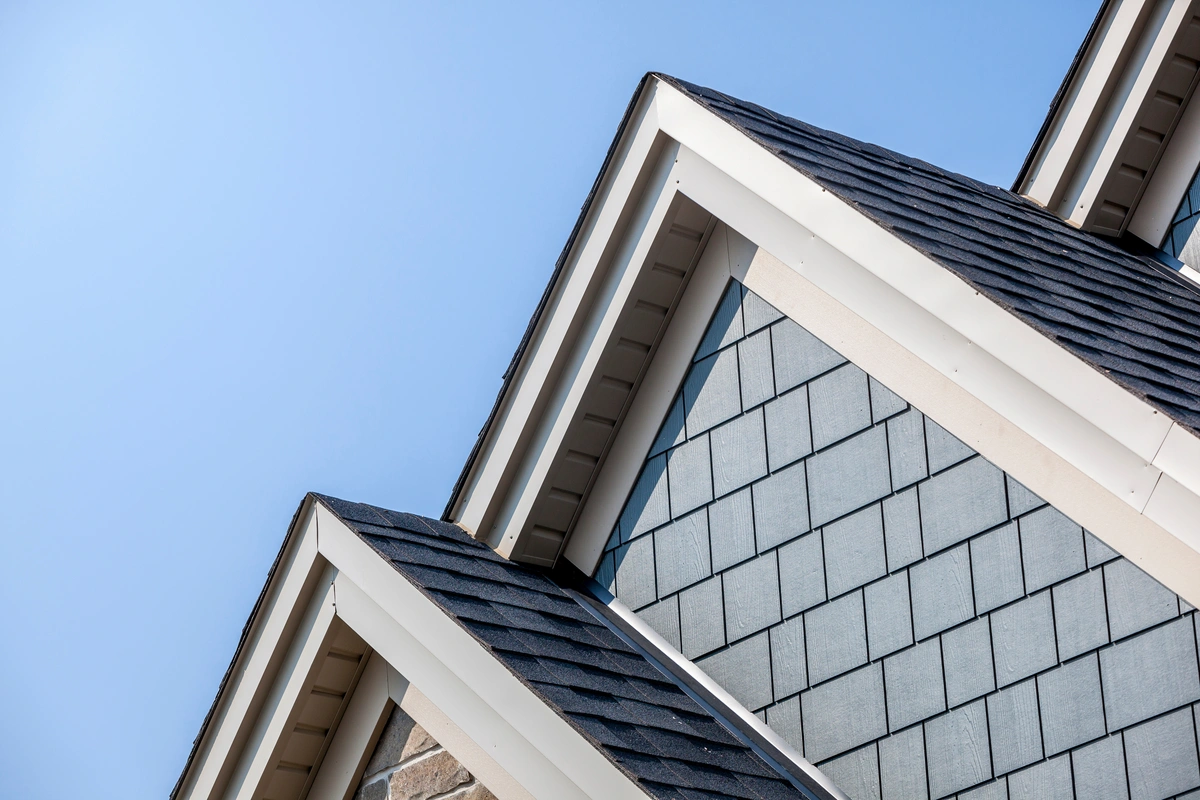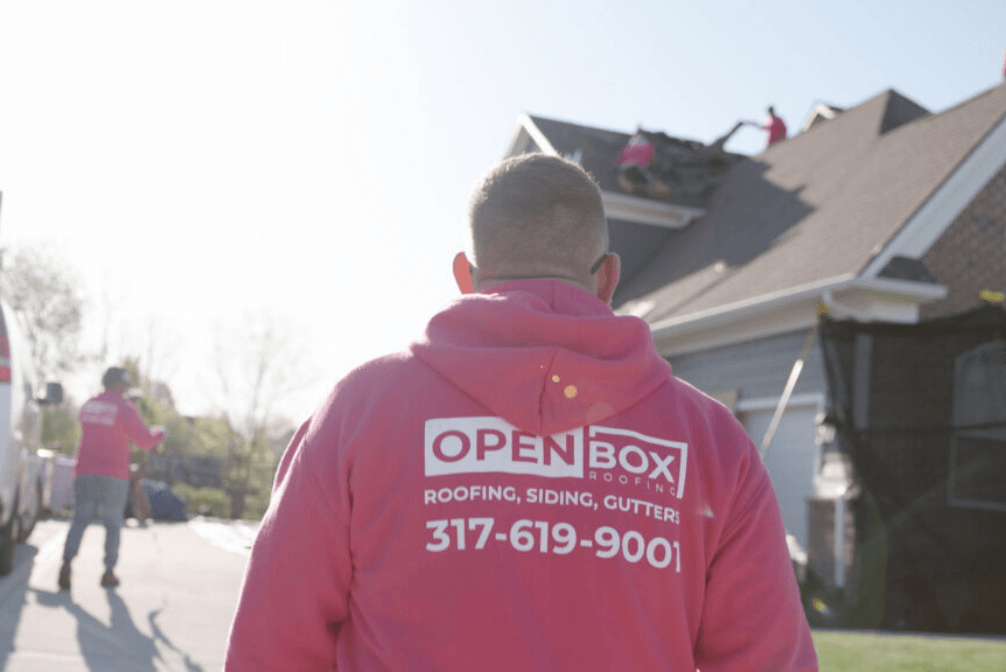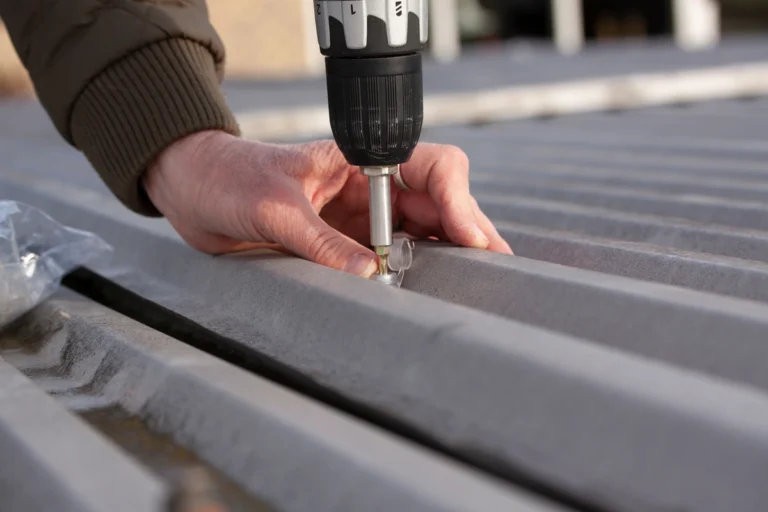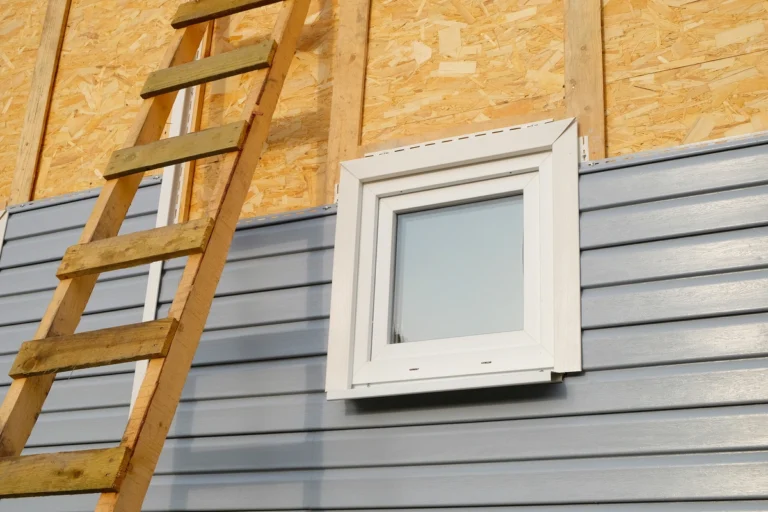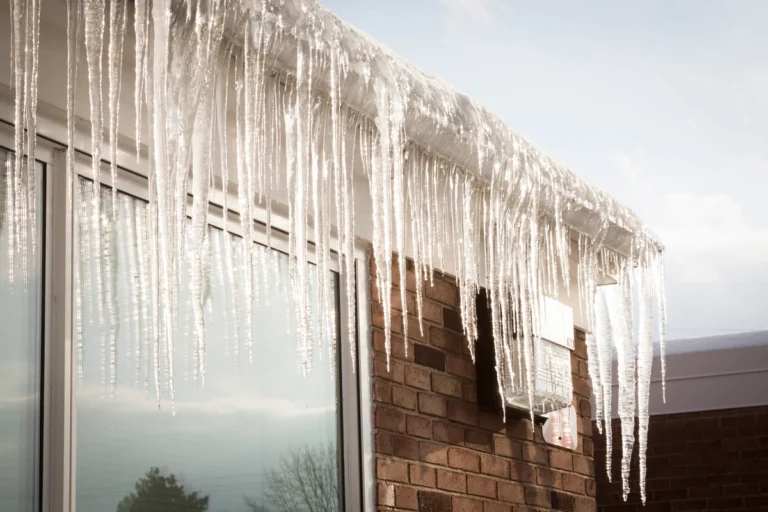When it comes to maintaining a sturdy and attractive roof, there’s more to consider than just shingles and gutters. One often overlooked but crucial element of your roofing system is the fascia. What is fascia on a house? We are here to explain it to you!
After all, roof fascia plays a significant role in protecting your home from the elements while enhancing its aesthetics. In this comprehensive guide, we will delve into:
- What fascia is
- Its functions
- The various types available
- Signs that indicate it’s time for replacement
- How to find a qualified contractor for the job
Keep reading to learn more about your roof fascia, and reach out to the pros when you need quality roofing services and advice!
What is Roof Fascia?
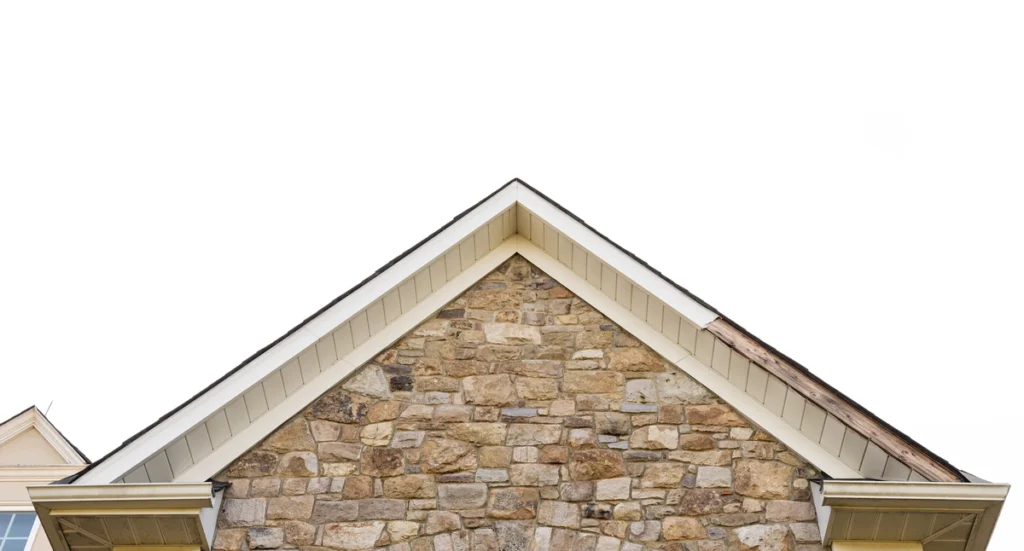
At its core, roof fascia is a vital architectural component that plays a multifaceted role in safeguarding your home. It is the vertical finishing edge located directly beneath the roof’s edge and supports the lower edge of the roof’s structure, typically connecting the roof to the outer walls. Fascia serves both functional and aesthetic purposes, making it an indispensable part of your roofing system.
What Does Roof Fascia Do?
- Protection: One of the primary functions of fascia is to protect the edges of your roof and the underlying structure from the elements. It acts as a barrier, preventing water, wind, and pests from infiltrating your home.
- Support: Fascia provides structural support to the lower edge of the roof. It helps distribute the weight of the roof evenly and ensures that it remains intact during adverse weather conditions.
- Aesthetics: Roof fascia plays a crucial role in enhancing your home’s curb appeal. It conceals the edges of the roof and the rafters, giving your roof a clean and finished look.
- Gutter Attachment: Fascia serves as the attachment point for gutters, allowing rainwater to be efficiently channeled away from your roof and foundation.
5 Different Types of Roof Fascia
1) Wood Fascia
Traditional wood fascia boards were once a common choice. While they offer a classic look, they require regular maintenance, such as painting and sealing, to protect against moisture and rot.
2) Vinyl Fascia
Vinyl fascia has gained popularity due to its durability and low maintenance requirements. It is resistant to rot, insects, and moisture, making it a long-lasting choice.
3) Aluminum Fascia
Aluminum fascia is lightweight, corrosion-resistant, and offers excellent durability. It is a cost-effective option that requires minimal maintenance.
4) Fiber Cement Fascia
Fiber cement fascia is known for its strength and resistance to moisture, fire, and pests. It can be painted to match your home’s exterior, offering a versatile and aesthetically pleasing option.
5) Composite Fascia
Composite fascia boards are a blend of wood fibers and plastic. They provide the natural look of wood with enhanced durability and resistance to rot and insects.
Signs You Need to Replace Your Roof Fascia
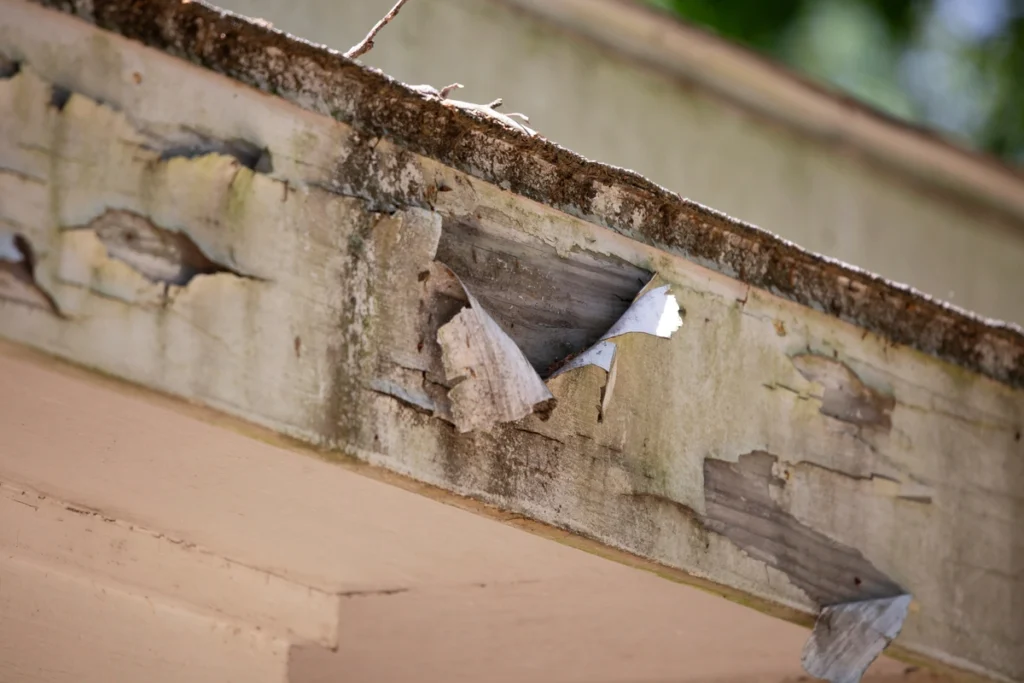
Regular inspection of your roof fascia is essential to identify signs of wear and tear. Here are some common indicators that it’s time to replace your roof fascia:
- Visible Decay: If you notice rotting, warping, or splitting in your fascia boards, it’s a clear sign of deterioration that requires immediate attention.
- Peeling Paint: Peeling or blistering paint on your fascia indicates moisture penetration. This not only compromises the aesthetics but also leads to structural damage over time.
- Visible Gaps: Gaps between the fascia boards and the roofline or wall are an invitation for pests and water to infiltrate. Address these gaps promptly to prevent further damage.
- Sagging Gutters: If your gutters are pulling away from the roof or appear misaligned, it could be due to failing fascia boards. Replacing them can help restore proper gutter function.
- Mold and Mildew: The presence of mold and mildew on your fascia is a clear sign of moisture issues. This can lead to health problems and further structural damage if left unattended.
- Insect Infestations: Damage caused by termites, carpenter ants, or other wood-boring insects can weaken the fascia boards. Timely replacement is crucial to prevent structural issues.
How to Find a Qualified Contractor
When it’s time to replace your roof fascia, finding the right contractor is essential. Here are some steps to help you locate a qualified professional:
Research:
Start by researching local roofing contractors. Look for companies with a good reputation and extensive experience in fascia replacement.
Ask for Recommendations:
Seek recommendations from friends, family, or neighbors who have had similar work done. Their firsthand experiences can provide valuable insights.
Check Licenses and Insurance
Verify that the contractor is licensed, bonded, and insured. This ensures that they meet the necessary legal requirements and can cover potential liabilities.
Request References
Ask the contractor for references from past clients. Contact these references to inquire about their experiences and satisfaction with the work done.
Get Multiple Quotes
Obtain quotes from several contractors to compare prices, materials, and timelines. Be wary of unusually low or high bids and ask for a detailed breakdown of costs.
Check Online Reviews
Visit online review platforms to read customer feedback about the contractor. Pay attention to both positive and negative reviews to gauge their reputation.
Ask About Warranties
Inquire about warranties for materials and workmanship. A reputable contractor should stand behind their work with a warranty.
Communicate Clearly
Discuss your project requirements and expectations with the contractor. Make sure you are comfortable with their communication style and ability to address your concerns.
Review the Contract
Carefully review the contract, ensuring that it includes all project details, materials, costs, and timelines. Seek clarification on any unclear terms before signing.
Get Help With Your Fascia Board From A Pro
Understanding the functions and types of fascia, recognizing signs that indicate replacement is needed, and finding a qualified contractor are essential steps in maintaining the integrity and appearance of your roof.At Open Box Roofing, we are here to help you with your fascia and beyond! Contact us today to set up your appointment!
